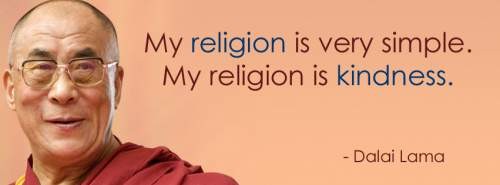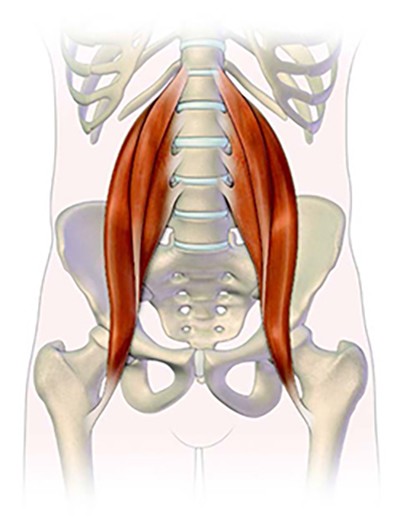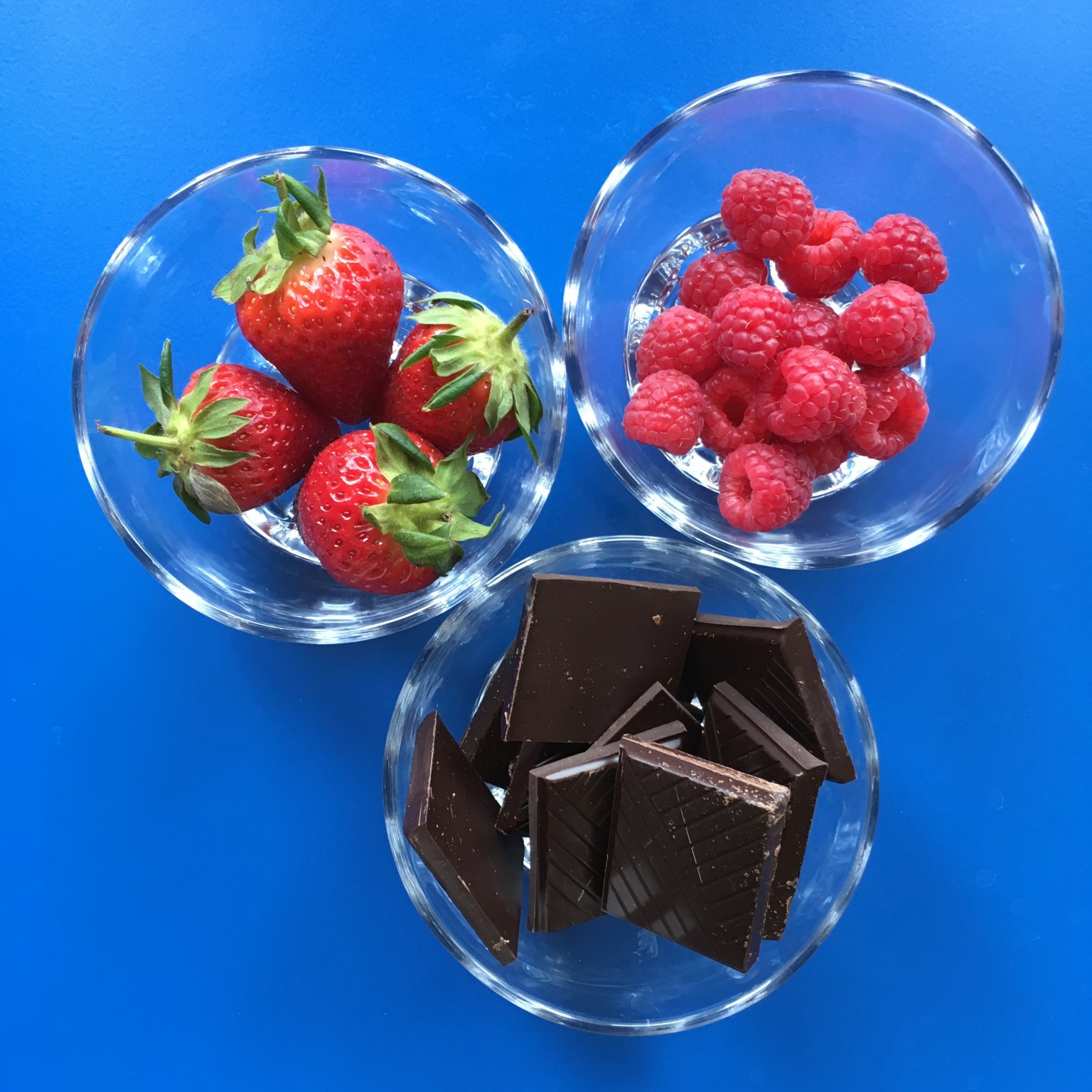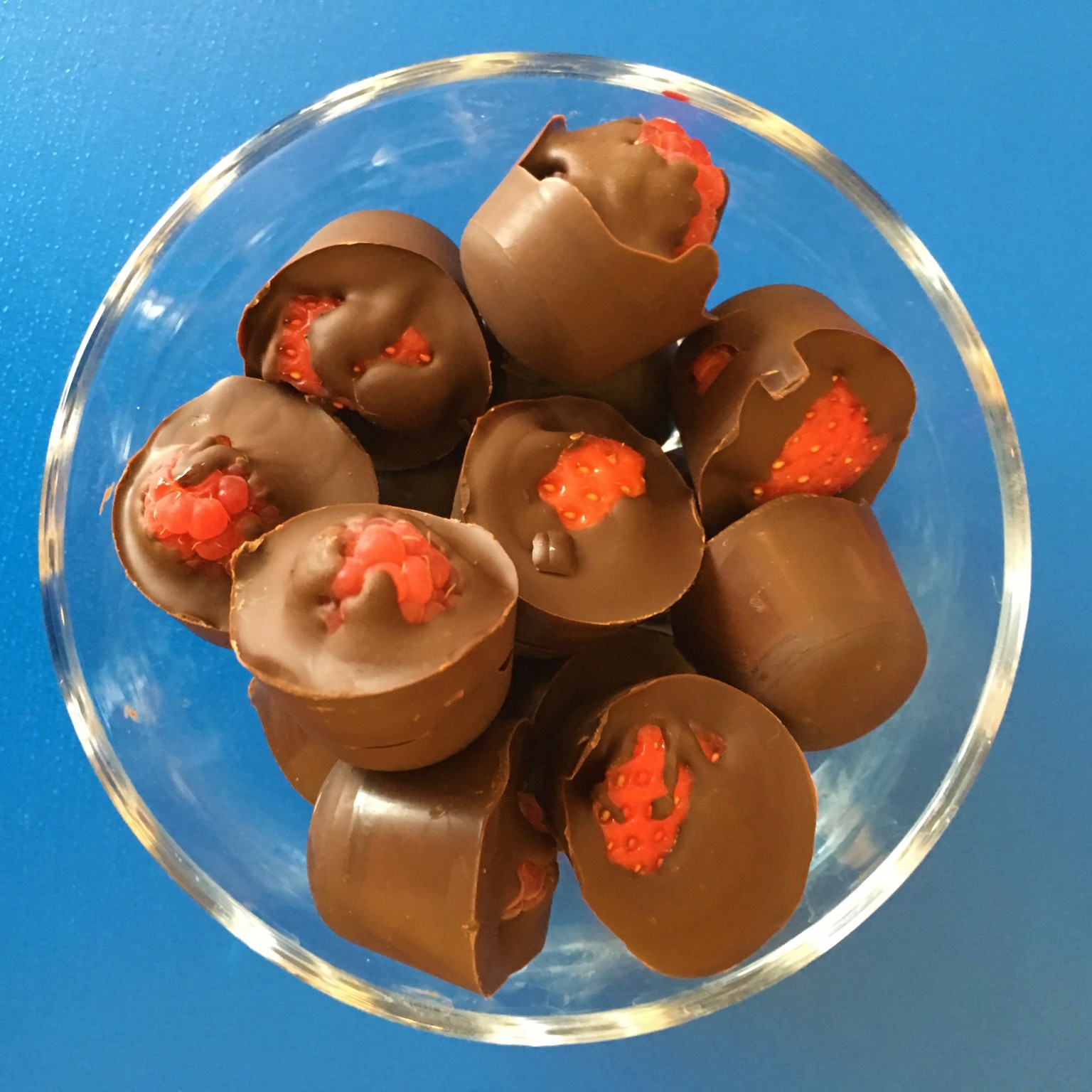Thursday 13th April - Yoga at Easter-time

Happy Easter! For some of us this weekend means 4 days off and time to spend with family, eat chocolate eggs and get lots of jobs done. For others it's a religious festival and going to church is the primary focus. This weekend and it's Christian connections has made me think about the question of whether yoga is a religious practice.
Yoga originated in India so I guess it is inevitable that there are some echoes of Hinduism woven into it. Many of the postures are named after Hindu gods but I find the stories surrounding these gods really interesting and they offer me an insight into another culture very different to my own which I view as a positive thing. My thoughts are that yoga is a physical and spiritual practice but it is not in itself religious. Yoga offers a holistic way to keep body, mind and spirit well-balanced and in harmony with each other and the world around me but it does not try to change my beliefs at all - it helps to make them clearer.
There have been incidences of churches refusing to allow yoga classes to take place on their premises, fearing that it will undermine their faith in some way, but most recognise that it offers more positive benefits than negative and that it is about harmony and wellbeing. Yoga offers no threat to any religion and it does not try to change anyone's personal religious beliefs, rather it helps enhance their faith by offering quiet space in the mind for contemplation. Through the practice of yoga a person can learn tolerance, understanding, self-discipline and kindness, whether they follow a faith or not. Much needed qualities in the world.

A bit about... the Psoas Muscle
I have written about this muscle on the Blog before (you can view it here) and I'm revisiting it again because it's so important. This week's class on the membership site focusses on it, and next week's will too so this will hopefully shed some light on this mysterious muscle that lies deep within the body and make you a little more aware of it in your practice.
The following is part of an article by Julie Gudmestad for Yoga International...
"Most yoga students are aware that the psoas is a central player in asana, even if the muscle’s deeper function and design seem a mystery. A primary connector between the torso and the leg, the psoas is also an important muscle off the mat: it affects posture, helps stabilize the spine, and, if it’s out of balance, can be a significant contributor to low back and pelvic pain. The way that we use the psoas in our yoga practice can either help keep it healthy, strong, and flexible, or, conversely, can perpetuate harmful imbalances.
The psoas is a deep-seated core muscle connecting the lumbar vertebrae to the femur.
The psoas major is the biggest and strongest player in a group of muscles called the hip flexors: together they contract to pull the thigh and the torso toward each other. The hip flexors can become short and tight if you spend most of your waking hours sitting, or if you repeatedly work them in activities like sit-ups, bicycling, and certain weight-training exercises.
A tight psoas can cause serious postural problems: when you stand up, it pulls the low back vertebrae forward and down toward the femur, often resulting in lordosis (overarching in the lumbar spine), which is a common cause of low back pain and stiffness; it can also contribute to arthritis in the lumbar facet joints. On the other hand, a weak and overstretched psoas can contribute to a common postural problem in which the pelvis is pushed forward of the chest and knees. This misalignment is characterized by tight hamstrings pulling down on the sitting bones, a vertical sacrum (instead of its usual gentle forward tilt), and a flattened lumbar spine. Without its normal curve, the low back is weakened and vulnerable to injury, especially at the intervertebral discs.
The way that we use the psoas in our yoga practice can either help keep it healthy, strong, and flexible, or, conversely, can perpetuate harmful imbalances.
To help you create balance in the psoas and keep your low back healthy, it is important to first understand the anatomy. Then you’ll see why the psoas is integral to asanas as diverse as navasana (boat pose) and setu bandha sarvangasana (bridge pose), and how to engage and stretch this massive muscle for optimal benefit.
Although the psoas is one of the most important muscles in yoga poses, it is also one of the most misunderstood. Many students and even teachers have only a vague idea of where it is located. The psoas originates from the lumbar vertebrae and forms a strip of muscle almost as big as a wrist along each side of the spine. Looking at the front of the body, you’d have to remove the intestines and other digestive organs, as well as the female reproductive organs, to be able to see the muscle in the very back of the abdomen. It proceeds down and forward, crossing the outer edge of each pubis, then moves back again to attach on a bony prominence of the inner upper posterior femur (thigh bone) called the lesser trochanter.
The psoas affects our posture and helps stabilize the spine. If it’s out of balance, it can be a significant contributor to low back and pelvic pain.
Along the way, the psoas picks up its synergist, the iliacus, which originates on the inner bowl of the pelvis (or the ilium) and joins the psoas on its path downward to attach to the femur. The two muscles work so closely together that they’re usually referred to as one, the iliopsoas."

This Week's Recipe... Chocolate and Fruit Easter Eggs
If you'd love a bit of chocolate this Easter weekend but want a slightly healthier option, why not try this easy recipe. I've tested the results rigorously and I pronounce them delicious!
You will need:
2 x 100g bars of plain chocolate
A few strawberries cut into small pieces
A few raspberries
An ice-cube tray

And here's how to make them:
Break the chocolate into a bowl.
Heat some water in a small saucepan and place the bowl on top to melt the chocolate.
Pour the melted chocolate into the ice cube tray until each cube is half full.
Place in the freezer for 10 minutes or so until the chocolate is set.
Place a piece of strawberry or a raspberry in each cube.
Pour the remaining chocolate around the fruit until the cube is full.
Put back in the freezer for another 10 minutes until set.
Tap out of the cube and voila - mini fruity Easter eggs!

This Week's Advice from a ... River

This Week's Musical Offering...
A 15 minute track with a good rhythm to accompany your flow practice. It is called Lotus Path and it's by James Asher - if you come to my classes you'll find it familiar - I've been playing this track regularly for a very long time. Enjoy!
This Week's Video...
America's largest yoga class takes place in a cathedral...
And finally...
A yoga sequence with the Easter bunny...

Have a Happy Easter!






